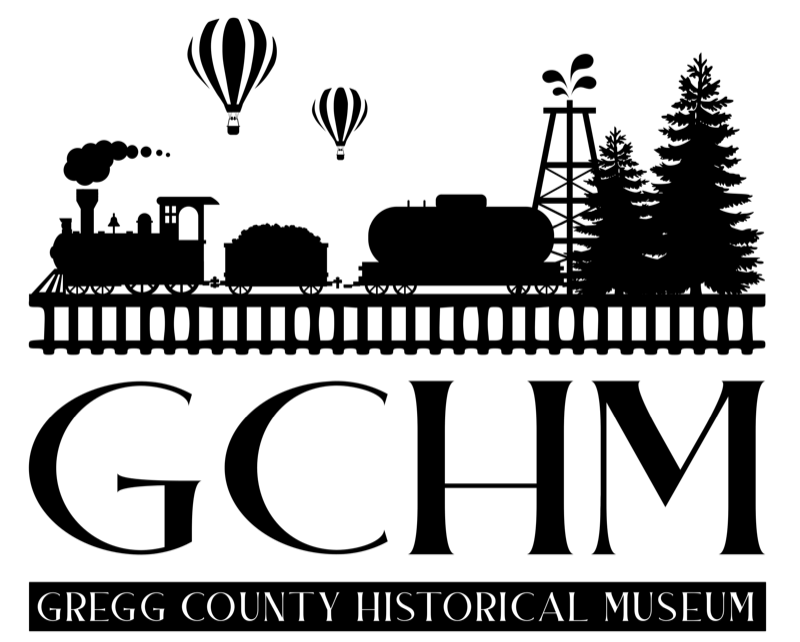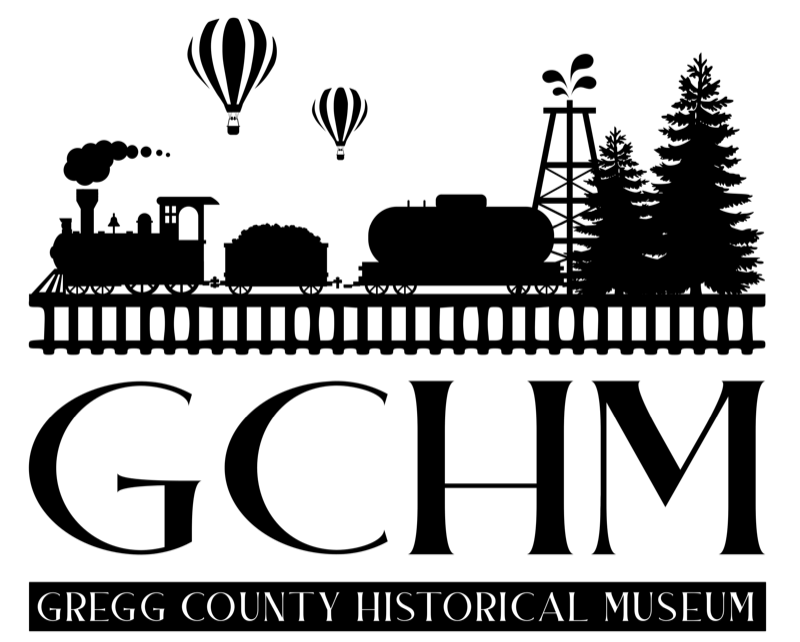Follow Us x
Oil Boom
On September 5, 1930, C.M. Joiner’s discovery well, the Daisy Bradford No. 3, hit oil at Turnertown near Henderson in Rusk County, and began an oil boom that rejuvenated the declining economy of Gregg County. Wells began opening in the winter of 1930 in the Piney Woods of East Texas, including the Lou Della Crim, which opened on December 28, 1930, the Lathrop-Skipper, which opened on January 26, 1931, and the Judge Snavely, which opened on April 7, 1931. The abundance of oil was stored in the few tanks available, while some ended up in open ponds. A short pipeline connected the oil to a rail siding in Kilgore, where 20 tanks were filled and shipped to a refinery on the gulf coast. Ten new cities emerged rapidly, including Kilgore, which developed from a small farming community, where the population swelled from around a few hundred to thousands.
Printing Press
The Washington Press allowed printers to use the letterpress printing process. This hand press was based on the principles applied by Gutenberg when he first printed the Bible around 1455. Samuel Rust, a key figure in the development of the American hand press, patented the Washington Press in 1821. R. Hoe & Company of New York wanted to manufacture Rust’s Washington Press, but Rust refused to sell out to them. In 1835, a R. Hoe & Company employee named John Colby pretended to set up a business of his own and succeeded in buying Rust’s paten right, stock, tools and shop. Shortly after that, Colby transferred the whole business to R. Hoe & Company.
Rangerettes
In 1939, Dr. B. E. Masters, Kilgore Junior College Dean, decided that the college needed an organization that would attract more young women to the college and keep people entertained during football game halftimes. Dr. Masters intended to equalize the male/female student ratio of the school’s enrollment, and also reduce the student’s tendency to drink alcohol during halftime by providing a distraction. Dr. Masters brought physical education teacher, Miss Gussie Nell Davis, to Kilgore College where she created the drill te3am known as the Kilgore College Rangerettes.
Log Cabin
Most Texas families lived on small farms during the years of the Republic and the early years of Statehood. Their existence depended upon their own labor. The houses they built and lived in were small and simple. Luxuries were few. The farm family was a relatively tight, cohesive unit, and all shared in the work. Daylight to dark was the schedule. The men cleared land and grew crops, built farm implements and furniture, tended livestock and hunted. The women cooked, made most of the clothing, and took care of scores of other tasks around the house.


